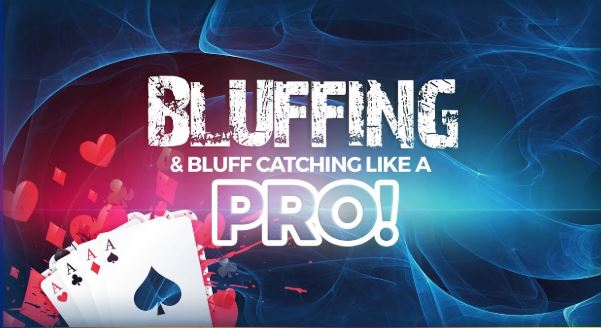
Most of us don’t like to risk huge amounts of money on a bluff, at least, not until we train ourselves to. True, there are some of us who appear to have the “gambling gene” and love to risk money on a bluff, but for many of us, triple barrel bluffing is not a tool we use frequently, if ever. Texas Holdem Rules. Short Deck rules. This kind of bluff is pretty textbook – unless there’s a draw-heavy flop (like 10-J-Q suited) and you miss, in which. Unfortunately, the bluff is a move that is all to often overused and abused by beginner players, which in turn costs them a lot of money. Use this bluffing strategy to help you master the art of bluffing in Texas Hold'em. Why should you bluff in poker?
It’s important to understand the value of a bluff before making the call
One of the concepts that is popular in Texas Hold’em is bluffing. This is an essential part of a game in which chance can be taken advantage of to make your opponents’ think your hand is way better than it actually is. It sounds simple, but if not done with care – and a little bit of math – bluffing might put you in a complicated situation. Therefore, with a little basic information and a low of extra practice, you can learn how to estimate the correct value of certain bluff plays at the table.
The math behind bluffing can help you understand how often your opponent needs to fold based on the size of your bluff. In order to run a bluff, you need to understand first what the break-even percentage is. It is a mathematical formula that helps you determine the overall expected value (EV) of a possibility in a given hand – it can be 0EV, -EV and +EV. The formula is quite simple; break-even % = Risk / (risk + reward) – the risk is considered the size of the bet; the reward is the size of the pot. With only those two numbers, you can determine the total break-even percentage. Focusing on risk, reward and value are common aspects of playing poker and a certain amount of risk is taken to get a bigger reward.
In an example of a formula, $4 / ($4 + $6.50) = 38%, the final result is the one helping you decide whether to move forward with the bluff or not. If the opponent folds 38% of the time, the bet is breakeven. On the other hand, if he or she folds less than 38% then it is a -EV bet and you should not go for it. However, +EV results are for those who fold more than 38% of the time. If the result is outright +EV, go ahead and take the risk.
Texas Holdem Bluff Strategy Guide
The Venom is back with $7,000,000 GTD starting July 24th.
Texas Holdem Bluff Strategy Tactics
America's biggest poker site. Since 2001, ACR has broken industry records, including the Guinness World Record for the largest cryptocurrency jackpot in an online poker tournament.